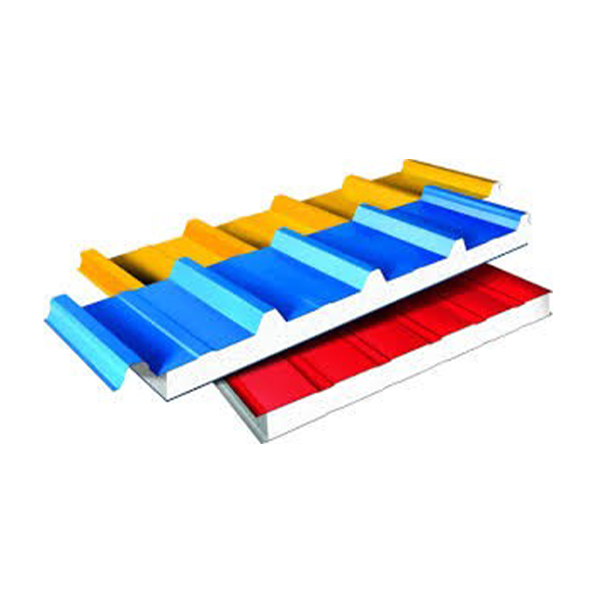
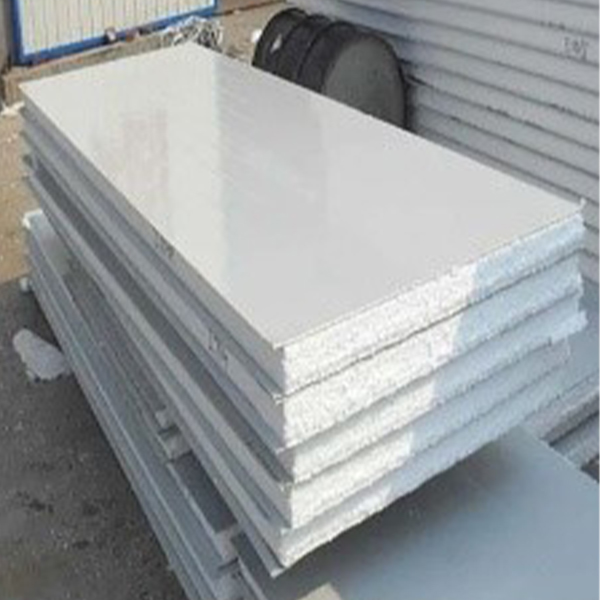
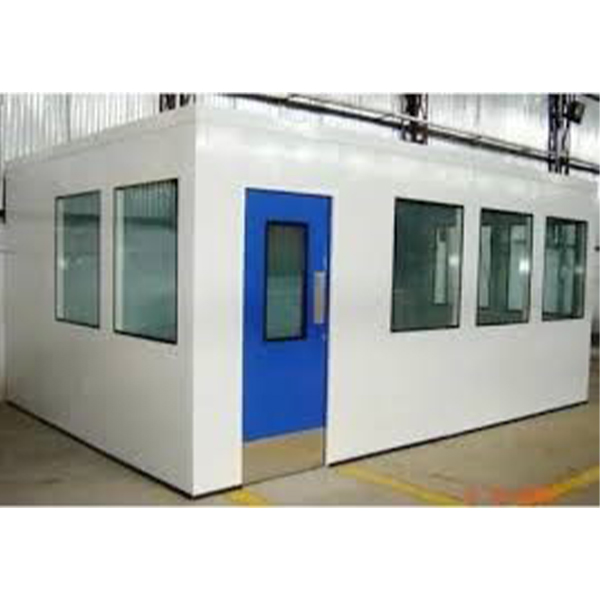
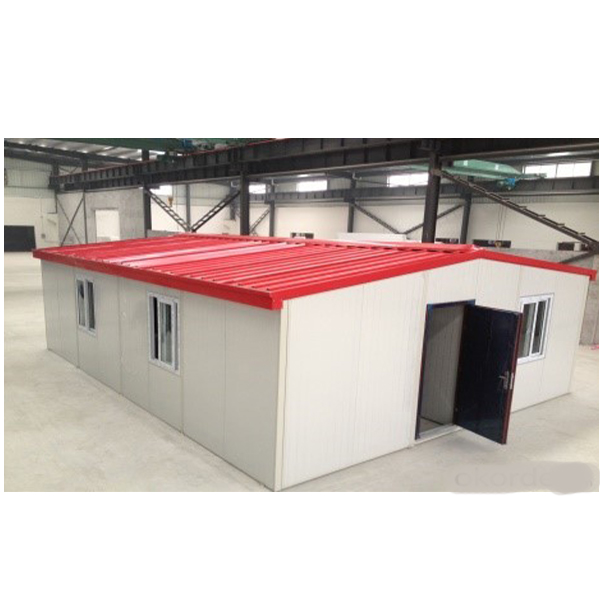
EPS Sandwich Panel
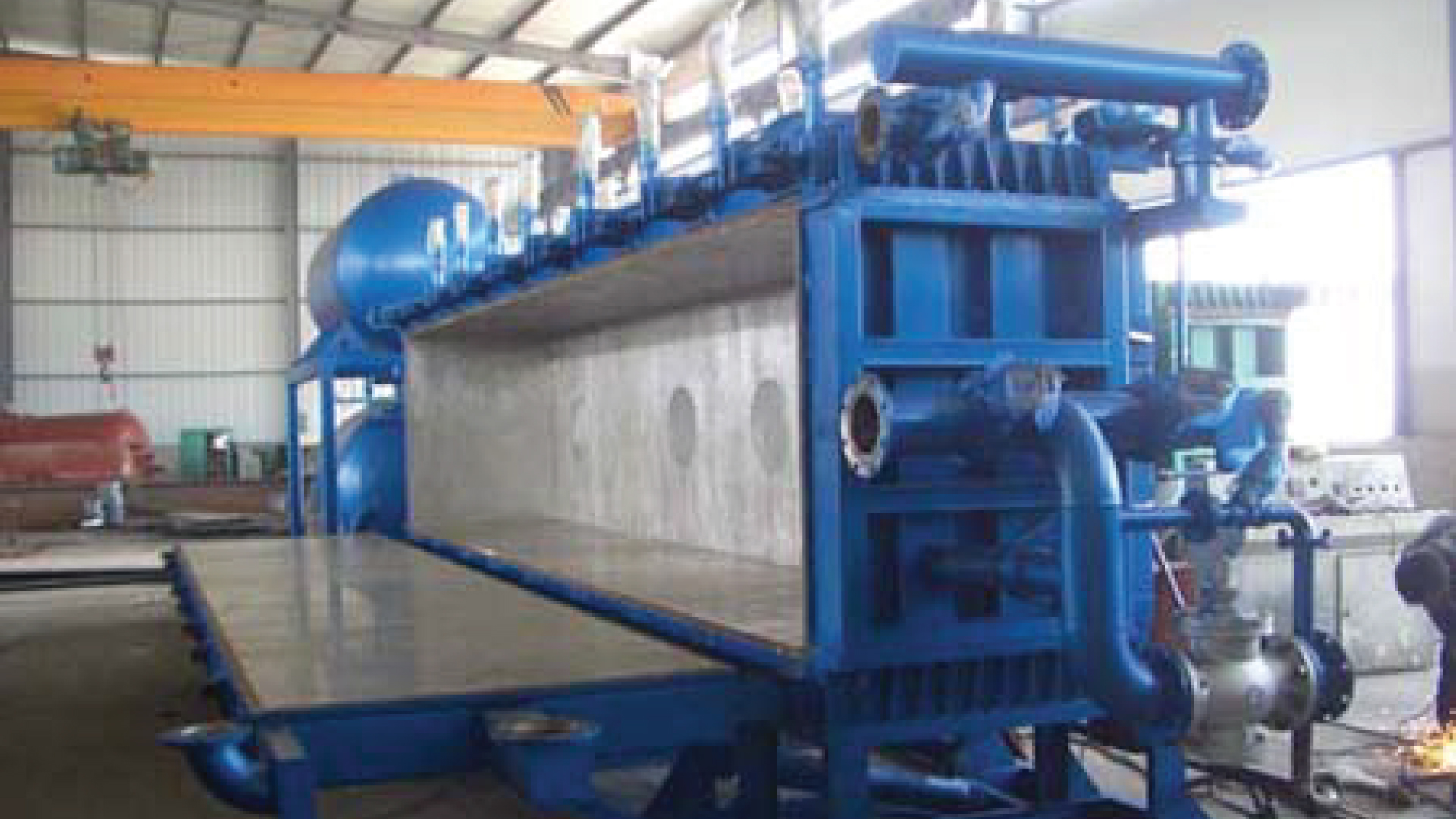
PPGI Sheet : Material Specification
- Sheet thickness 0.36 mm to 0.50 mm
- Color Off white or Any RAL
- Zinc coating AZ40-60 GSM
- Coating Mass: Top Coat 15~20 micron & back 7 micron
- Tensile strength 380-400 Mpa & Yield strength 368 MPa
EPS Sandwich Panel: Specification /Technical Data
- Core Material: EPS (EXPANDED POLYSTYRENE)
- Core Density : 12-25 kg/m3
- Available Size ( Width): Roof Panel-820mm & Wall Panel 980/1180 mm
- Thickness : 25 mm,40 mm, 50 mm, 75 mm, 100 mm & 150 mm
- Length: Max 26 feet or Customized
- Fire resistance: Standard EPS has lower fire resistance. If fire safety is a major concern, consider using panels with fire-retardant treated EPS cores.
- Load-bearing capacity: EPS cores have lower load-bearing capacity compared to some other materials. Ensure the panels can handle the anticipated loads for your application.
- Susceptibility to damage: The EPS core can be susceptible to impact or sharp objects. Choose a panel thickness and facing material suitable for the expected wear and tear
Features:
- High quality Galvanized Steel outer shin hence very good life of more than 25 years
- EPS/PU/Rockwool Insulation panel of high quality hence excellent thermal and acoustic installation
- Light weight and easy to install
- Bare minimum steel frame work hence very economical
- 100% leak Proof
- Available in customized lengths
- Energy saving
- Maintenance free
- Easy of dismantling and quick relocation
Applications/uses:
- Industrial shed
- Ware house
- Malls
- Commercial complex
- Prefabricated guest house
- Site office ,Labor colony
- IT Park Hostels
- Schools, Canteen
- Rooftop Cottage
- Security posts
- Rest rooms
- Defense Post etc.
Structures:
Walls and roofs: EPS panels are widely used in the walls and roofs of low-rise buildings like warehouses, factories, workshops, sheds, and agricultural buildings. Their lightweight nature makes them easy to install and their good thermal insulation helps regulate indoor temperature
Prefabricated buildings: They are a common material for constructing prefabricated structures like portable cabins, kiosks, temporary buildings, and even some modular homes. Their affordability and quick assembly make them ideal for temporary or low-cost structures.
Cladding: Existing structures can be clad with EPS panels to improve their thermal insulation properties. This is a good way to retrofit older buildings for better energy efficiency.
Ceilings: They can be used for ceilings, particularly in cold storage facilities or buildings requiring good temperature control. The EPS core helps maintain consistent temperatures within the space.
Other applications:
Interior partitions: EPS panels can be used for non-load-bearing interior partitions within buildings to create separate spaces.
Flooring (limited): EPS panels can be used for some non-structural flooring applications, particularly when combined with a load-bearing substructure, but their compressive strength might limit their use in weight-bearing floors.